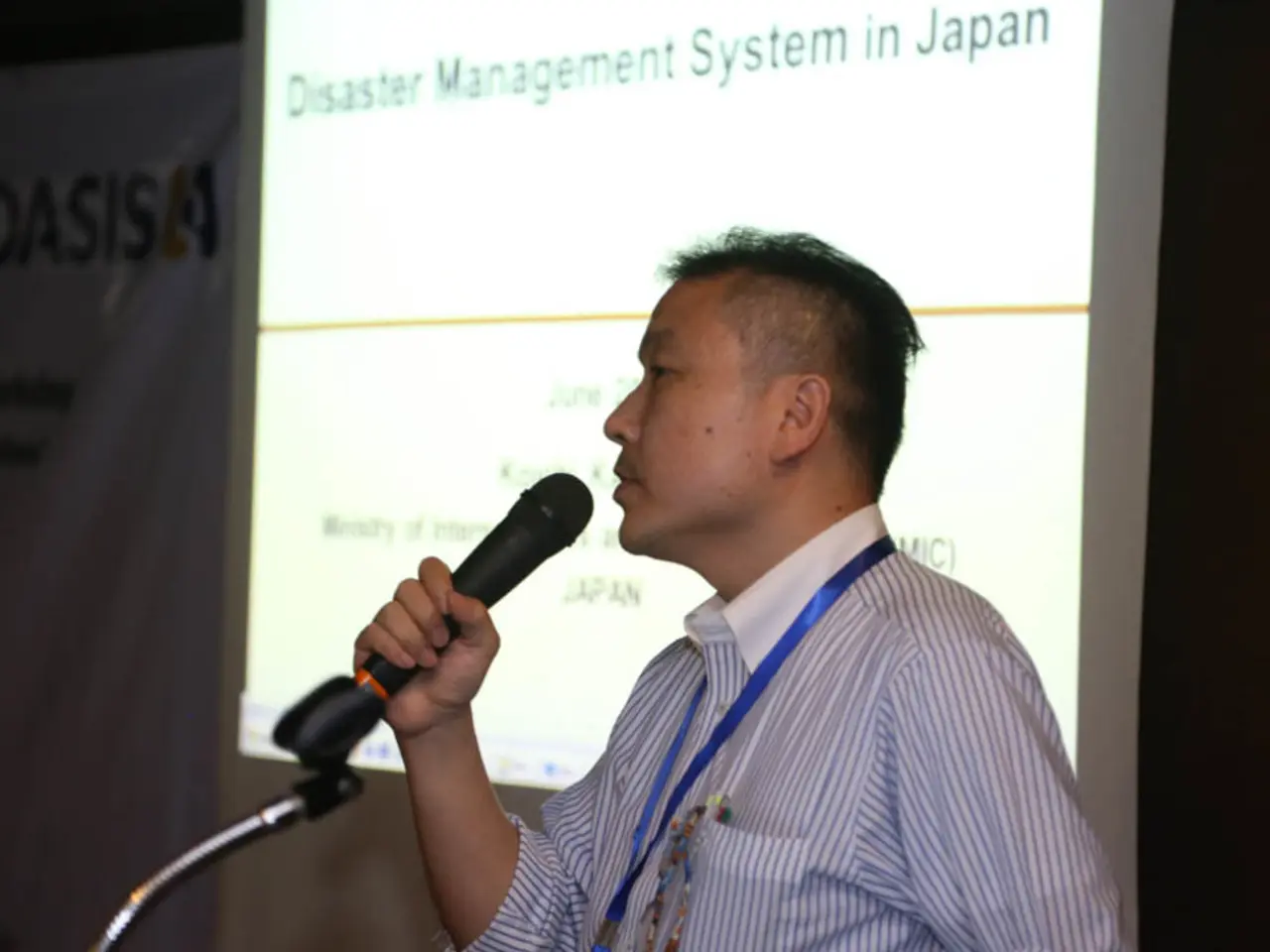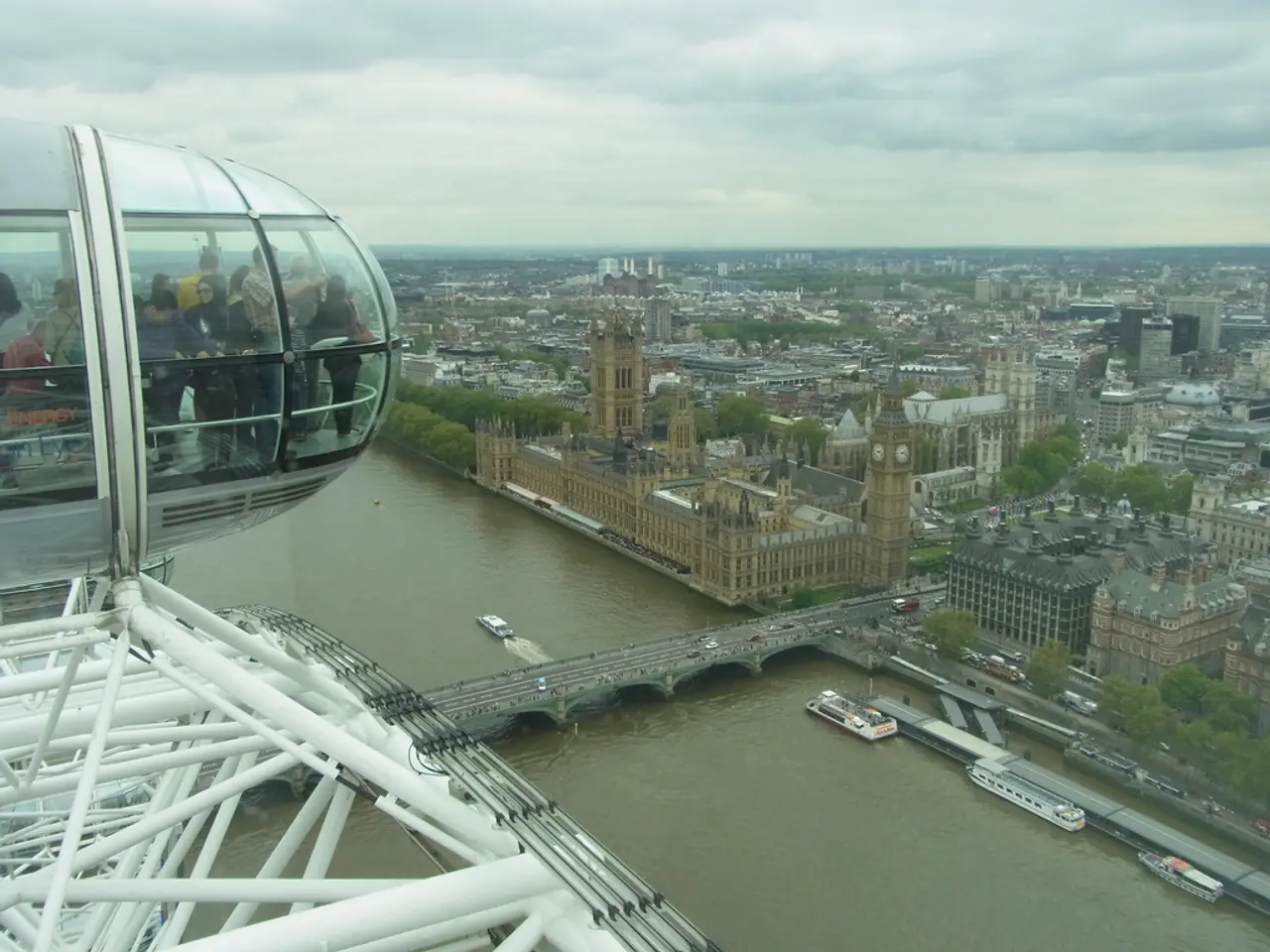Multitudes head back to their residences as Pacific tsunami alerts are revoked
In the early hours of July 31, 2025, a powerful earthquake struck off Russia's Kamchatka Peninsula, triggering tsunami warnings that sent shockwaves across the Pacific Rim. More than a dozen nations, from Japan to the United States to Ecuador, issued warnings to their coastal communities, urging residents to evacuate and prepare for potential danger.
The earthquake, one of the strongest ever recorded, registered an 8.8 magnitude, causing initial concern for widespread devastation. However, the impact seemed to be less severe than anticipated, with no significant damage or injuries reported in Japan and only light injuries in Russia.
In Peru, 65 of its 121 Pacific ports were closed as a precautionary measure. Waves of up to 0.7 meters were observed in Japan's Pacific coast on the day the warnings were downgraded, and waves of 60 centimeters were reported on Chile's north coast.
The tsunami warnings led to extensive evacuation orders across Hawaii, Alaska, the U.S. West Coast (California, Oregon, Washington), and other Pacific nations. Despite the massive scale of the earthquake and extensive warnings, actual damage was limited mainly to minor flooding and strong currents. No confirmed casualties were reported in the U.S. or Hawaii, though some injuries and port damage were noted in Russia near the earthquake’s epicenter.
The rapid international response was facilitated by UNESCO’s Pacific Tsunami Warning System, which issued alerts within ten minutes of the quake and provided detailed forecasts within twenty minutes. This swift scientific response likely reduced the human and economic toll, as authorities were able to implement timely evacuations and public safety measures.
As waves traveled across the Pacific, they caused heightened alerts and caution for several days due to strong rip currents and unusual tidal swings, even after major alerts were downgraded. The aftermath included reassessment of coastal safety and readiness, cleanup of flooded areas, and continued monitoring for secondary waves.
In Chile, authorities ordered 1.4 million people to high ground for evacuation, which is potentially the most massive in the country's history. Japan ordered almost 2 million people to higher ground due to the tsunami warnings. Russian state television footage showed buildings and debris swept into the sea, and the tsunami crashed through the port of Severo-Kurilsk, submerging the local fishing plant, causing significant damage.
Flights to and from Maui were canceled due to the tsunami warnings, disrupting travel plans for many. However, the effectiveness of the warning systems again demonstrated the value of coordinated international efforts in tsunami risk mitigation. The incident underscored the importance of preparedness and rapid response in the face of natural disasters.
In summary, while the 2021 specific warnings are not detailed in available sources, the impact and response pattern from the 2025 event exemplify typical outcomes: timely warnings, preventive evacuations, limited damage on distant shores, and strong emphasis on public safety and monitoring in the tsunami’s aftermath. The event serves as a reminder of the power of nature and the importance of international cooperation in managing and mitigating risks associated with such events.
Scientists and environmental scientists closely monitored the weather patterns in the days following the earthquake, as they expected the aftermath to include heightened rip currents and unusual tidal swings. Moreover, the incident sparked discussions about the need for further investment in weather prediction and tsunami warning technologies, recognizing their crucial role in minimizing the impact of such disasters.








